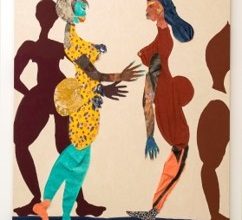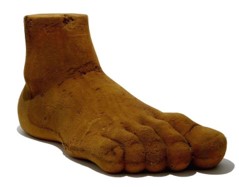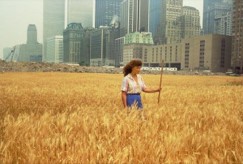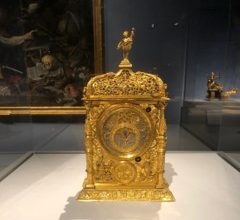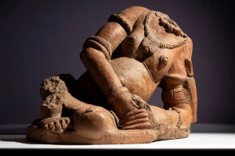
Desert Empires: Wonders to Behold
Holland Cotter | The New York Times | 30th January 2020
The southern edge of the Sahara, the Sahel, is politically turbulent. It was not always thus. For thousands of years it was a prosperous trading area, a centre of learning and the location of multiple empires. Its art was much more diverse than the tribal art many today associate with Africa. This show affirms “the integrity and complexity, past and present, of something called the Sahel … there is no “typical,” no one style, no one “Africa.”

